History is peppered with spectacular failures, each a powerful reminder of the consequences of poor planning, miscommunication, or sheer hubris. From military disasters to business blunders, these epic fails have shaped the course of history, often at a staggering cost. Yet, each failure offers valuable lessons that we can apply to our lives, businesses, and decisions today. Let’s embark on a journey through some of the most notable fails in history and uncover the timeless wisdom they hold.
1. The Titanic: Sinking of Unsinkable Confidence
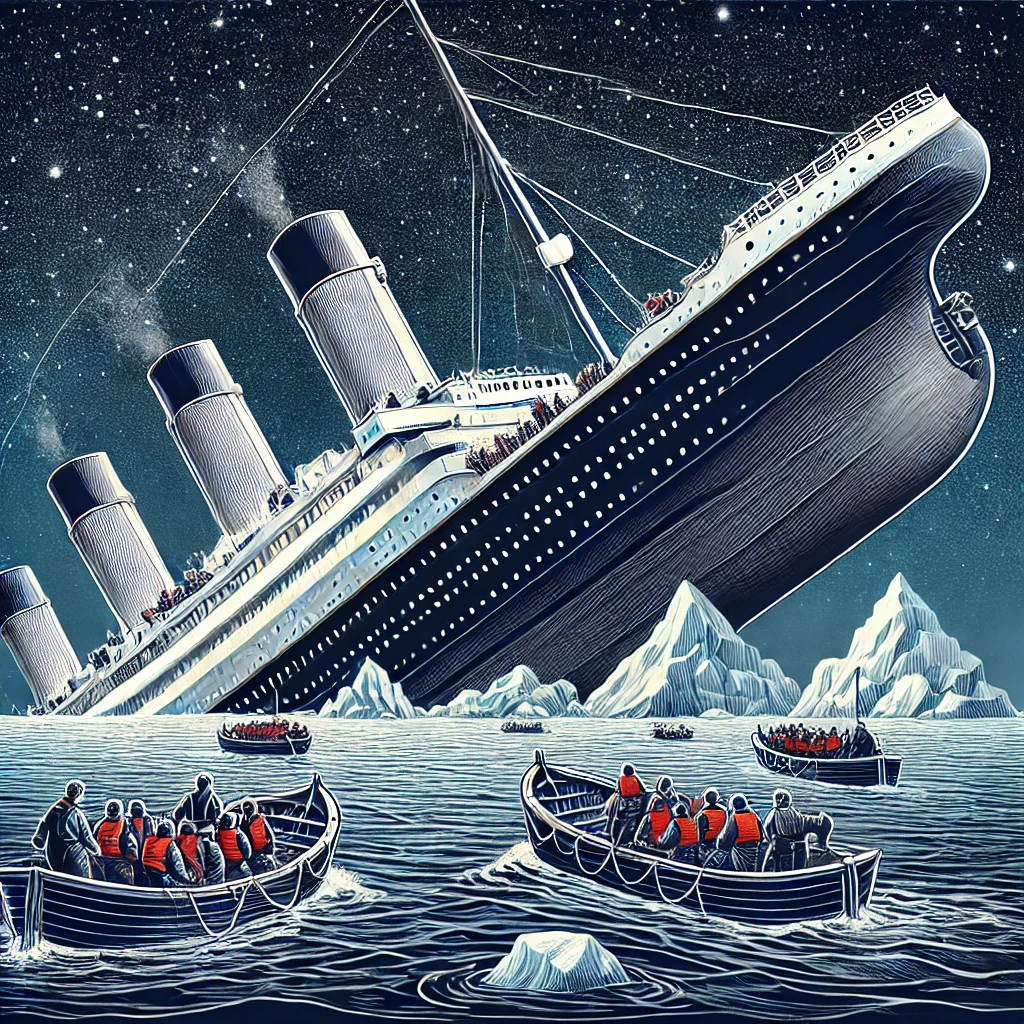
When the RMS Titanic set sail on its maiden voyage in 1912, it was touted as an engineering marvel, a ship so advanced that it was deemed unsinkable. The sheer arrogance in this assumption led to one of the most famous maritime disasters in history. The Titanic struck an iceberg, and due to inadequate lifeboats and delayed rescue efforts, over 1,500 passengers lost their lives.
What made the Titanic’s disaster even more tragic was the missed opportunities to prevent the catastrophe. Several warnings about icebergs in the area were received by the ship’s radio operators but were either ignored or not passed along to the bridge. Additionally, the decision to proceed at nearly full speed in dangerous waters further compounded the risk. The ship’s design, which many believed to be state-of-the-art, also contributed to the disaster. The watertight compartments were not sealed at the top, meaning that once water filled a few compartments, it easily spilled over into others, sinking the ship faster than anyone anticipated.
Lesson Learned:
- Hubris is Dangerous: Overconfidence can blind us to potential risks. Always prepare for the worst, even if you believe you’re invincible. The Titanic’s story reminds us that no matter how advanced our technology or how confident we are in our capabilities, nature and unforeseen circumstances can always surprise us.
- Plan for Contingencies: Effective risk management includes planning for the unexpected. Whether in business or life, having a backup plan is crucial. The Titanic lacked sufficient lifeboats because it was deemed unsinkable, a fatal oversight that cost many lives. In any endeavor, it’s better to be over-prepared than to be caught off guard.
2. The Edsel: Ford’s Flop – A Lesson from Historical Blunder

In 1957, Ford Motor Company launched the Edsel, a car that was supposed to revolutionize the automotive market. Instead, it became one of the biggest commercial flops in history. The Edsel was marketed as the car of the future, but it was plagued with design flaws, high prices, and a lack of a clear target audience, leading to its discontinuation after just three years.
The Edsel’s failure was a classic example of a product being overhyped without truly understanding the market. Ford invested heavily in the car’s marketing, creating an aura of mystery and anticipation around it. However, when the car was finally unveiled, consumers were underwhelmed by its design and features. The car’s distinctive, horse-collar grille was mocked, and many felt it was too different from what they were accustomed to. Additionally, the timing of the launch couldn’t have been worse—economic conditions were worsening, and consumers were more interested in smaller, fuel-efficient cars rather than large, expensive vehicles like the Edsel.
Lesson Learned:
- Know Your Market: Understanding your target audience is essential for success. Marketing should align with the needs and desires of potential customers. Ford’s misreading of consumer preferences led to the Edsel’s failure. When developing a new product, it’s crucial to conduct thorough market research to ensure there’s a demand for what you’re offering.
- Innovation Requires Insight: While innovation is critical, it must be guided by research and customer feedback to avoid costly missteps. The Edsel was innovative in some respects, but without understanding what consumers truly wanted, these innovations were lost on a disinterested public.
3. The Battle of Waterloo: Napoleon’s Downfall – A Strategic Fail in History
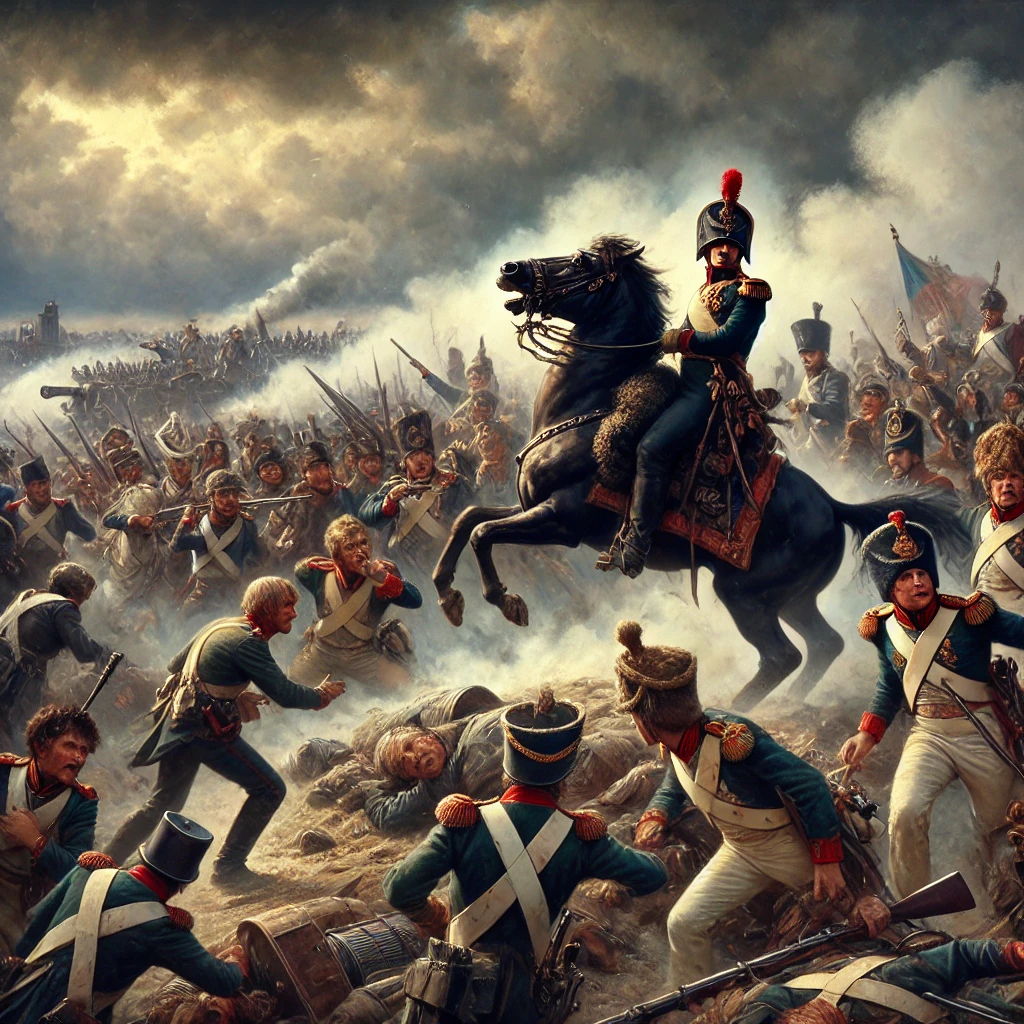
Napoleon Bonaparte, once the emperor of much of Europe, met his match at the Battle of Waterloo in 1815. His overconfidence, poor communication, and underestimation of his enemies led to his defeat, marking the end of his reign and the Napoleonic Wars.
The defeat at Waterloo was not just a military loss for Napoleon; it was the culmination of a series of strategic errors. He had underestimated the strength and resolve of the coalition forces led by the Duke of Wellington and the Prussian army under General Blücher. Moreover, Napoleon’s health was deteriorating, which affected his ability to lead effectively. His failure to delegate and trust his generals further compounded the problem. In the heat of battle, communication broke down, leading to confusion among his troops. The final blow came when the Prussian forces, whom Napoleon had hoped to keep at bay, arrived in full force to support Wellington, sealing Napoleon’s fate.
Lesson Learned:
- Arrogance Can Be Your Undoing: Never underestimate your competition, and don’t let past successes cloud your judgment. Napoleon’s previous victories led him to believe he was invincible, a mindset that contributed to his downfall. Success should be a humbling experience, not a reason to let your guard down.
- Communication is Key: Clear and effective communication is vital in any operation, especially in high-stakes situations. Miscommunication during the Battle of Waterloo led to disarray among Napoleon’s forces. In any group effort, ensuring that everyone is on the same page is critical to achieving success.
4. The Space Shuttle Challenger: A Tragedy of Complacency

The Challenger disaster in 1986 was a devastating event that shocked the world. The space shuttle disintegrated 73 seconds after liftoff due to a faulty O-ring in one of the solid rocket boosters. Despite engineers raising concerns about the O-ring’s performance in cold weather, their warnings were overlooked due to schedule pressures and complacency.
The Challenger tragedy is a stark reminder of the dangers of ignoring expert advice and prioritizing schedules over safety. The decision to launch the shuttle on a cold January morning, despite the known risks, was driven by a desire to maintain the launch schedule and avoid further delays. This decision-making process highlights a critical failure in organizational culture, where the pressure to meet deadlines overrode the importance of ensuring the mission’s safety. The disaster led to significant changes in NASA’s operations and a renewed focus on safety protocols.
Lesson Learned:
- Listen to Experts: When experts raise concerns, it’s crucial to take them seriously, even if it disrupts plans. The Challenger disaster could have been avoided if the engineers’ warnings had been heeded. In any organization, it’s essential to foster a culture where safety and quality are prioritized over deadlines and convenience.
- Safety Over Speed: In any project, prioritizing safety and quality over deadlines can prevent catastrophic outcomes. The rush to launch the Challenger on schedule led to the loss of seven astronauts and a national tragedy. When it comes to complex and high-stakes projects, taking the necessary time to ensure everything is in order is far more important than adhering to an arbitrary timeline.
5. The DeLorean: From Dream to Disaster – A Business Fail in History

John DeLorean’s dream of building the car of the future ended in financial disaster and personal ruin. The DeLorean, a sleek, futuristic car with gull-wing doors, became an icon of the 1980s thanks to its role in Back to the Future. However, poor business decisions, production delays, and a lack of market demand led to the collapse of the DeLorean Motor Company in 1982.
The DeLorean’s downfall was a result of a combination of overambition and financial mismanagement. While the car’s design was undeniably innovative, the production process was fraught with challenges. Manufacturing costs soared, and the final product was priced higher than many consumers were willing to pay. Furthermore, the car’s performance did not live up to its futuristic looks, leading to mixed reviews from automotive critics. To make matters worse, John DeLorean became embroiled in a drug trafficking scandal in a desperate attempt to save his company, which ultimately led to its demise.
Lesson Learned:
- Financial Prudence is Key: Ambition is important, but it must be matched with sound financial planning and management. The DeLorean’s failure underscores the importance of maintaining financial discipline and not allowing passion projects to spiral out of control.
- Market Timing Matters: Even the best ideas can fail if launched at the wrong time. Assess market conditions before introducing new products. The DeLorean may have been too ahead of its time, and its high price point during a recession made it inaccessible to many potential buyers.
6. The Charge of the Light Brigade: A Military Miscommunication
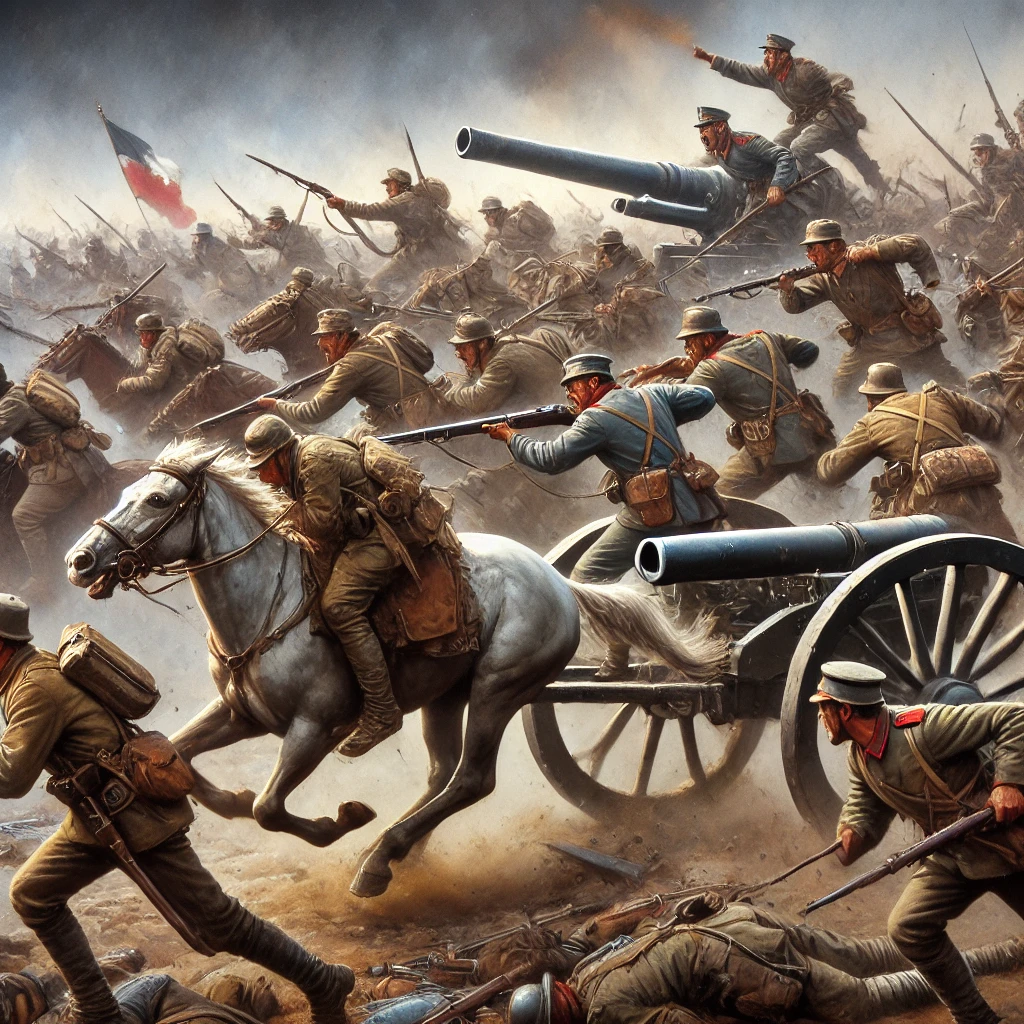
The Charge of the Light Brigade during the Crimean War in 1854 was a disastrous military action that resulted from miscommunication and poor leadership. The British cavalry, due to a misunderstanding of orders, charged directly into heavily fortified Russian artillery, leading to massive casualties.
This event has been immortalized in poetry and history as an example of the tragic consequences of miscommunication. The order to charge was vague and misunderstood, leading the Light Brigade to attack the wrong target. Despite the bravery and discipline of the soldiers, the charge was futile, resulting in heavy losses for the British forces. The incident highlighted the importance of clear communication in military operations and has since been studied as a cautionary tale.
Lesson Learned:
- Clarity in Leadership: Clear communication and precise instructions are essential, especially in critical situations. The Charge of the Light Brigade serves as a reminder that even the most courageous efforts can be wasted if leaders fail to communicate effectively.
- Evaluate Orders: Blindly following orders without understanding the broader strategy can lead to unnecessary losses. Soldiers in the Light Brigade followed their orders without question, leading to a tragic outcome. In any organization, it’s important to ensure that everyone understands the overall objectives and the reasoning behind their tasks.
7. The Berlin Wall: A Symbol of Division

The construction of the Berlin Wall in 1961 was meant to prevent East Germans from fleeing to the West. Instead, it became a powerful symbol of oppression and division. The Wall stood for nearly three decades, separating families and communities, before its fall in 1989 marked the beginning of the end for the Cold War.
The Berlin Wall was more than just a physical barrier; it was a representation of the ideological divide between the East and West during the Cold War. The Wall’s construction was a desperate attempt by the East German government to stop the mass exodus of its citizens to the more prosperous West. However, the Wall became a symbol of the failure of the communist regime to provide for its people. Over time, the Wall’s existence only fueled the desire for freedom and reunification among Germans. Its eventual fall was not just the result of political changes but also the culmination of years of pressure from the people who longed for a united Germany.
Lesson Learned:
- Unity is Strength: Divisive actions often backfire, leading to long-term negative consequences. The Berlin Wall’s construction only deepened the divide between East and West Germany, making reunification more difficult. In any organization or society, fostering unity and collaboration is far more effective than creating divisions.
- Human Spirit Prevails: Attempts to suppress freedom and unity often fail, as the human desire for connection and liberty is powerful. The fall of the Berlin Wall is a testament to the resilience of the human spirit and the inevitability of change when people unite for a common cause.
8. The Subprime Mortgage Crisis: A Financial Meltdown

The 2008 financial crisis was triggered by the collapse of the housing market, driven by risky lending practices and speculative investments in subprime mortgages. The fallout led to the Great Recession, affecting millions worldwide and highlighting the dangers of greed and lack of regulation.
The subprime mortgage crisis was a complex financial disaster that resulted from years of irresponsible lending and borrowing practices. Banks and financial institutions, in their pursuit of profit, extended loans to borrowers with poor credit histories, betting on the continuous rise in housing prices. When the housing bubble burst, millions of homeowners defaulted on their mortgages, leading to a cascade of foreclosures and the collapse of major financial institutions. The crisis not only caused massive economic hardship but also exposed the flaws in the global financial system.
Lesson Learned:
- Regulation is Necessary: Proper oversight and regulation are crucial to preventing systemic failures in financial markets. The subprime mortgage crisis could have been mitigated if there had been stricter regulations on lending practices and financial products. In any industry, a balance must be struck between innovation and regulation to ensure stability and protect consumers.
- Long-Term Vision Over Short-Term Gains: Short-term profit motives can lead to long-term disasters. Sustainability and ethical practices are key to enduring success. The financial crisis was fueled by a culture of greed and short-term thinking, with devastating consequences for millions of people. In business and life, focusing on long-term goals and ethical practices is essential for lasting success.
9. New Coke: A Branding Blunder
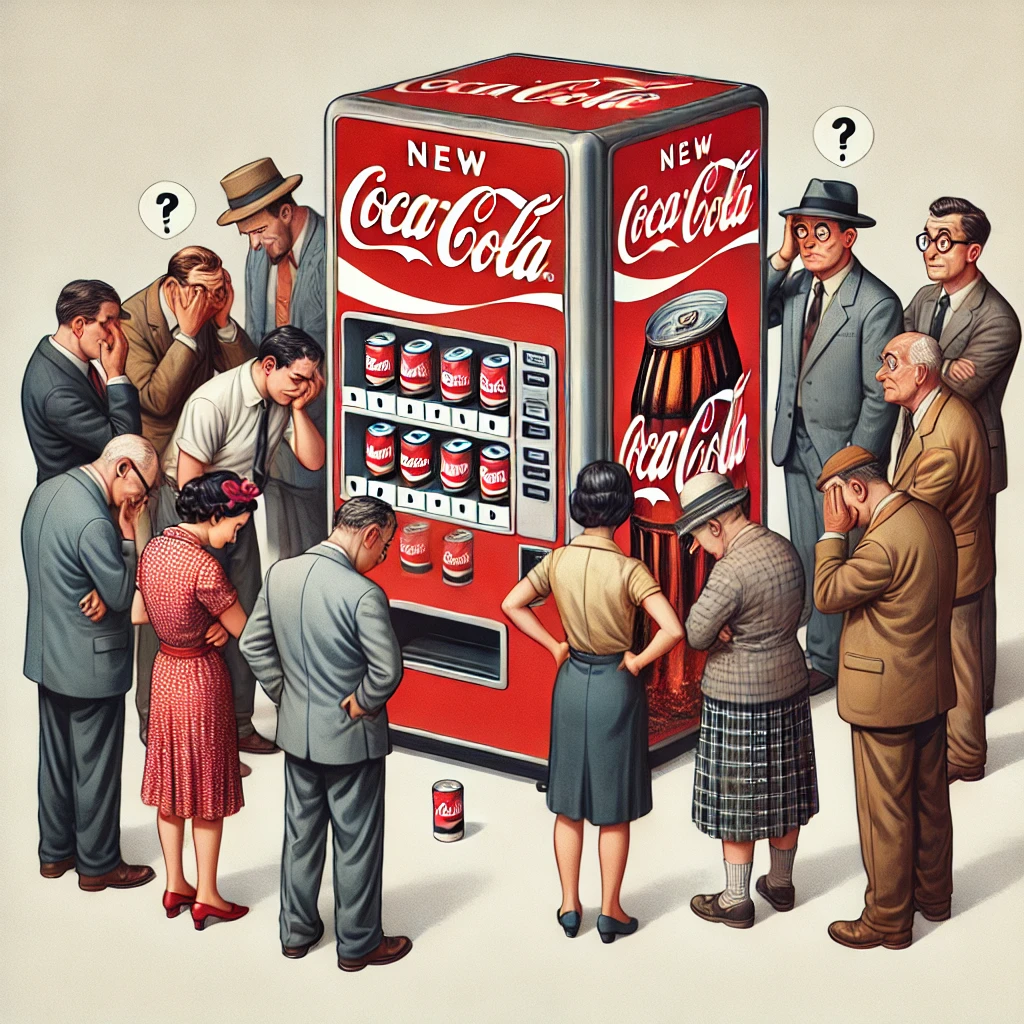
In 1985, Coca-Cola decided to change its original formula, introducing “New Coke.” The backlash was immediate and fierce, as consumers rejected the new taste, leading to a rapid return to the original formula under the name “Coca-Cola Classic.” The entire episode became a classic example of why it’s essential to understand your brand’s identity and customer loyalty.
The introduction of New Coke was intended to be a strategic move to counter Pepsi’s growing market share. However, Coca-Cola underestimated the emotional attachment consumers had to the original formula. The negative reaction was swift, with loyal customers staging protests, writing letters, and hoarding the original Coca-Cola in fear it would be gone forever. The company quickly realized its mistake and reintroduced the original formula as Coca-Cola Classic, which helped the brand recover and regain its market position.
Lesson Learned:
- Don’t Fix What Isn’t Broken: Drastic changes to a beloved product can alienate your core customers. Coca-Cola’s attempt to reinvent its product backfired because it failed to recognize the deep connection consumers had with the original formula. In any business, it’s important to balance innovation with respect for what customers already love.
- Value Customer Loyalty: Listening to customer feedback and understanding brand loyalty are crucial in maintaining a successful product. Coca-Cola’s quick response to customer backlash helped the company recover from its mistake and ultimately strengthened its brand loyalty. In any industry, maintaining a strong connection with customers is key to long-term success.
10. Kodak’s Digital Neglect: Missing the Future – A Technological Fail in History

Kodak was once synonymous with photography, but its failure to embrace digital technology led to its decline. Despite inventing the first digital camera in 1975, Kodak hesitated to fully invest in digital photography, fearing it would cannibalize its film business. This reluctance allowed competitors to overtake the market, leading to Kodak’s bankruptcy in 2012.
Kodak’s downfall is one of the most cited examples of a company failing to adapt to technological change. The company had the resources and the technological know-how to lead the digital photography revolution, but it chose to protect its existing film business instead. This short-sightedness allowed other companies, like Canon and Sony, to dominate the digital market, leaving Kodak to play catch-up. By the time Kodak tried to shift to digital, it was too late—the market had moved on, and the company could not recover its former glory.
Lesson Learned:
- Embrace Change: In an ever-evolving world, adapting to new technologies and trends is crucial for survival. Kodak’s reluctance to embrace digital photography sealed its fate. In any industry, staying ahead of technological trends is essential for maintaining a competitive edge.
- Innovate or Perish: Fearing change can lead to missed opportunities. Innovation should be seen as a chance to grow, not a threat to existing success. Kodak’s fear of cannibalizing its film business led to its decline, showing that clinging to the past can prevent progress.
An Ending to History’s Most Epic Blunders
History’s greatest failures aren’t just tales of what went wrong; they are powerful lessons in what we can do right. These epic fails teach us the importance of humility, preparation, innovation, and adaptability. They remind us that while failure is often inevitable, how we respond to it—by learning, adapting, and persevering—defines our ultimate success. As we look to the future, let’s carry these lessons with us, ensuring that our ambitions are matched with wisdom, and our innovations are guided by insight.
For more insights into historical events and the lessons they teach, visit the History Channel’s collection of notable historical failures to deepen your understanding.
Let’s reclaim what is rightfully our’s in this digital noise we live in. Join us in this exploration of how deep the rabbit hole actually goes.
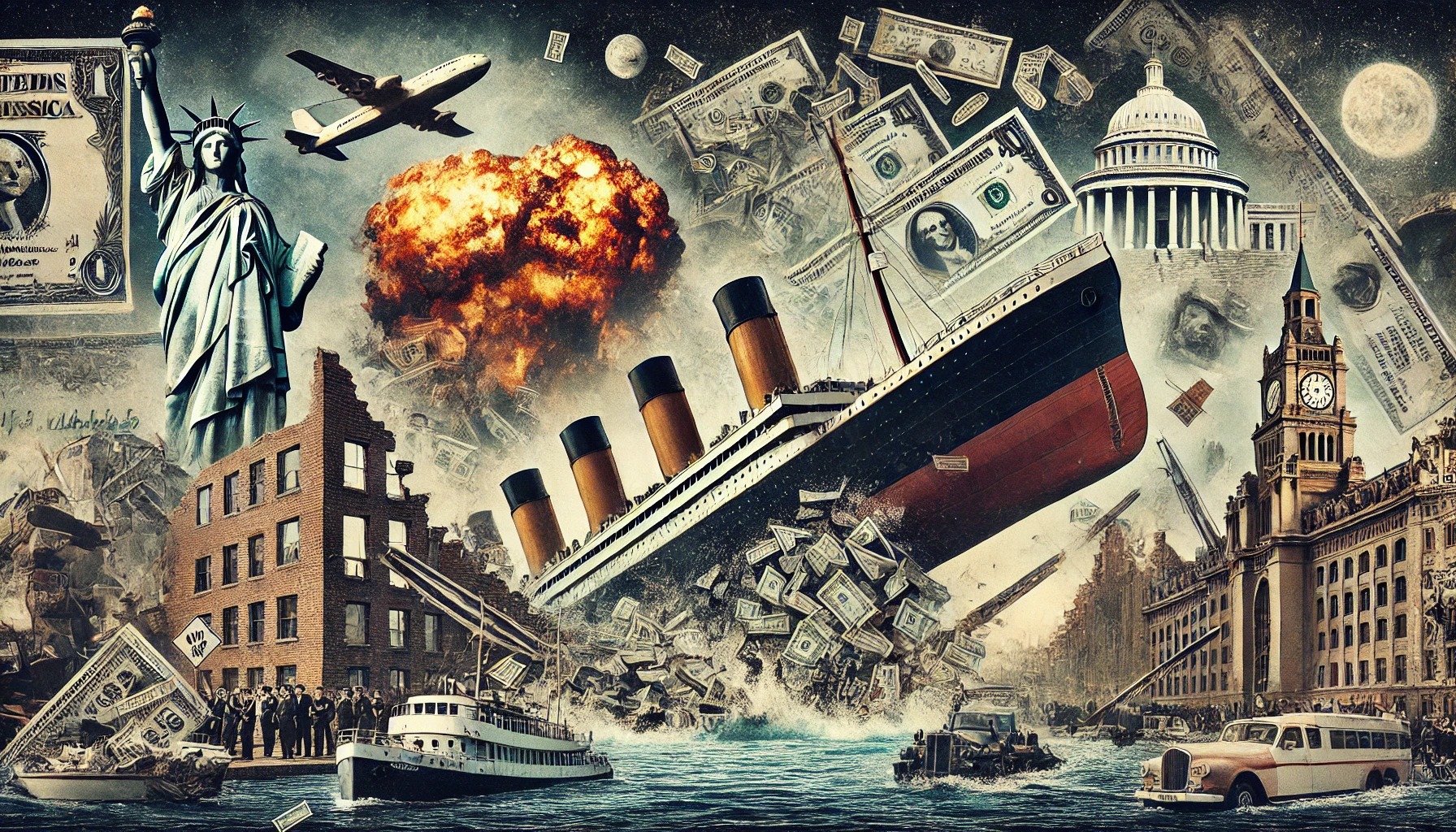
No responses yet